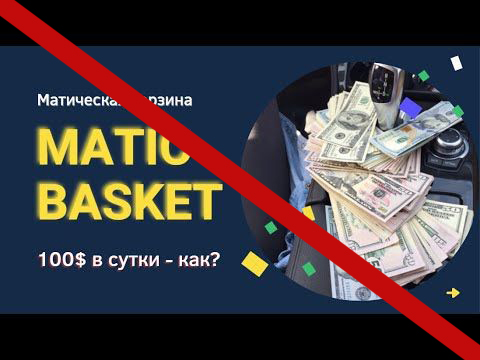The Agency of the Republic of Kazakhstan for Financial Monitoring has been regularly reporting on the fight against financial pyramids lately. In June, three financial pyramids were shut down, and in the first two weeks of July, three more. The number of victims is in the thousands.
So, on July 1, the press service of the AFM reported that the financial pyramid “Ansar Gold” was closed. Under the guise of a jewelry sales company, participants were promised 40-60% per annum and some were even paid such interest – at the expense of new investors, of course. As a result, there were more than 200 victims who invested a large sum in the pyramid – more than 400 million tenge. The female organizer was taken into custody.
A week later, the Financial Monitoring Agency in Almaty shut down another financial pyramid – “UILI BOLAYIK” (Үйлі Боладық). Under the guise of a social housing program, participants were convinced that they could receive 15-30% of monthly income and purchase real estate with an interest-free installment plan. For each new participant attracted, there was a 10% bonus. The pyramid attracted 515 investors who contributed more than 50 million tenge. The organizer is currently under a written undertaking not to leave, and law enforcement officers are investigating.
On July 14, the Financial Monitoring Agency stopped the activities of a large financial pyramid in Almaty – “Matic Basket”. Here, participants were offered to “invest” in mining and trading on a crypto exchange – for high dividends. Contributions ranged from 5,000 tenge to 1,100 US dollars, but no agreements were concluded with investors. For each new invited participant, the organizers promised to accrue dividends in the amount of 10% from each financial transaction. As a result, over 1900 citizens of Kazakhstan and the CIS were attracted to the financial pyramid, who invested more than 80 million tenge. The female organizer was given a written undertaking not to leave the country for the duration of the investigation.
It should be noted that all of the aforementioned financial pyramids actively advertised themselves on the Internet and social networks, in outdoor advertising. Why did law enforcement agencies pay attention to them only when the deposits reached millions of tenge, and the number of deceived people reached hundreds and thousands? Questions involuntarily arise about the corrupt “roof” of financial pyramids in Kazakhstan – on the part of the authorities or security forces.
And citizens, of course, need to be more attentive and improve their financial literacy – after all, the opportunity to earn “easy” money in 99.9% of cases is a scam.
Image from the site: pinterest.com














